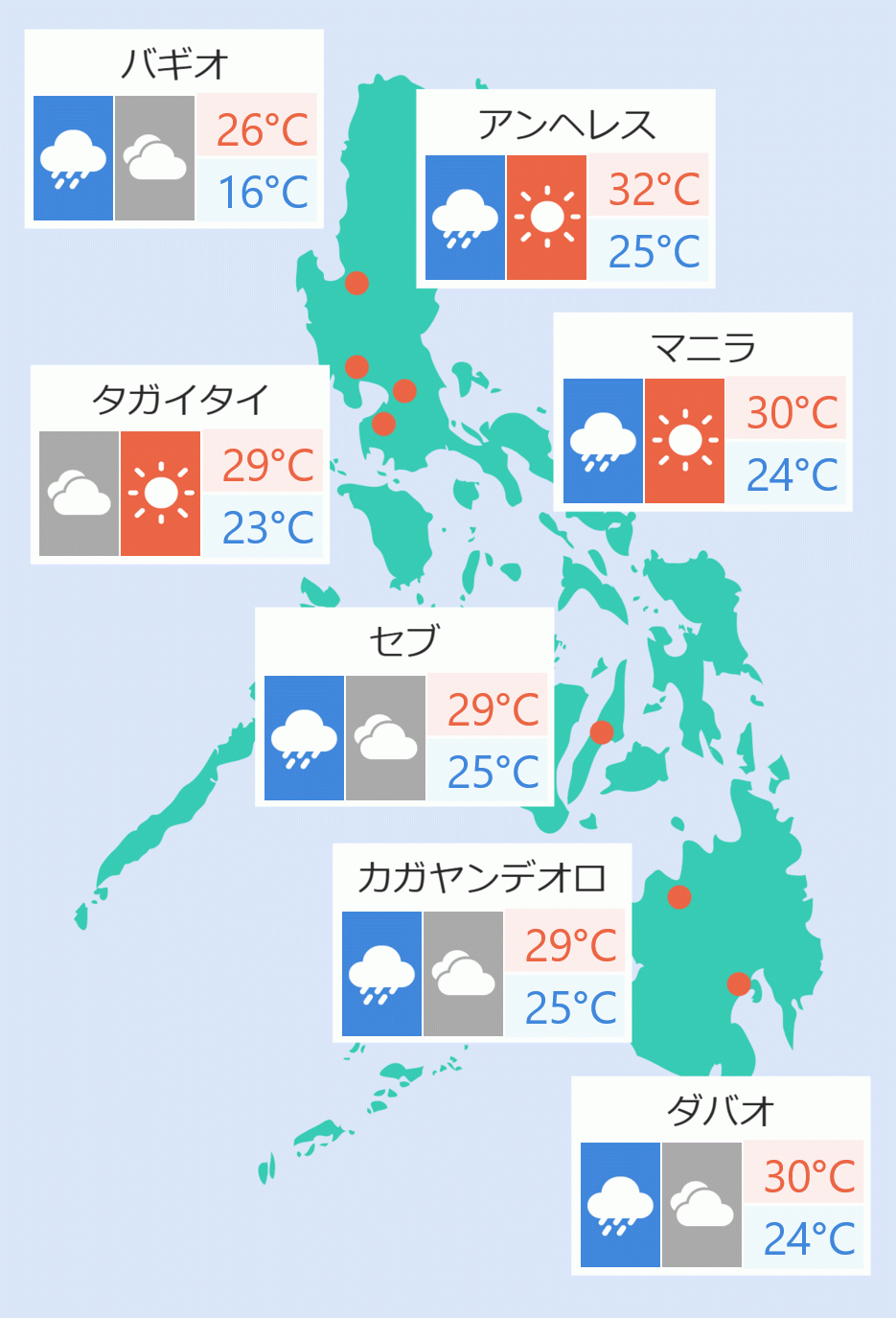The balance of payments (BOP) position recorded a surplus of $3.7 billion in third quarter, a turnaround from a deficit of $524 million in the third quarter of 2023.
The significant increase in net inflows in the financial account led to a reversal to BOP surplus, notwithstanding a wider deficit in the current account.
The current account deficit in the third quarter reached $5.7 billion (equivalent to -5.2 percent of the country's GDP), higher by 154.4 percent than the $2.2 billion deficit (equivalent to -2.2 percent of the country's GDP) posted in the third quarter of 2023.
This turnout was driven by the wider trade in goods gap and lower net receipts in trade in services and primary income accounts. This was partly muted by the higher net receipts in the secondary income account.
The capital account recorded net receipts of $20 million in the third quarter of 2024, up by 19.4 percent year-on-year from $16 million the third quarter of 2023. This developed on the back of higher receipts from gross disposals of non-produced non-financial assets at $3 million from $0.4 million.
The financial account registered net inflows (or net borrowings by residents from the rest of the world) of $10.5 billion in the third quarter of 2024, notably higher than the $2 billion net inflows in the third quarter of 2023.
This resulted from the reversal of the portfolio investment account to net inflows (from net outflows), as well as higher net inflows in the other investment and direct investment accounts.
The BOP position posted a surplus of $5.1 billion in January to September 2024, markedly higher than the $1.7 billion surplus recorded in January to September 2023. The BOP surplus reflected mainly the significantly higher net inflows from the financial account.
The current account deficit widened by 19.3 percent to reach $12.9 billion (equivalent to -3.9 percent of the country’s GDP) in January to September 2024 from the $10.8 billion deficit (equivalent to -3.5 percent of the country’s GDP) in January to September 2023.
The higher current account deficit emanated from the lower net receipts in trade in services. However, this was offset partly by the narrowing goods trade deficit and higher net receipts in the primary and secondary income accounts.
The capital account recorded net receipts amounting to $54 million in January to September 2024, which was 15.6 percent higher than the US$46 million net receipts recorded in January to September 2023. This developed on the back of higher net receipts in the national government’s other capital transfers (at $50 million from $46 million).
The financial account registered $20.8 billion net inflows (or net borrowing by residents from the rest of the world) in January to September 2024, higher than the $8.2 billion net inflows recorded in January to September 2023. This outcome was driven by the reversal of the portfolio investment account to net inflows (from net outflows) and higher net inflows in the other investment and direct investment accounts.
Gross international reserves (GIR) amounted to $112.7 billion as of end-September 2024. This is higher than the $98.1 billion level registered as of end-September 2023.
In the third quarter of 2024, the peso averaged at P57.25/US$1, appreciating by 1 percent from an average of P57.80/US$1 in the second quarter of 2024.
Meanwhile, the peso depreciated year-on-year by 2.3 percent from an average of P55.96/US$1 in Q3 2023. For January to September 2024, the peso averaged at P57.00/US$1, depreciating by 2.7 percent from an average of P55.49/US$1 in January to September 2023. Bangko Sentral ng Pilipinas



 日本語
日本語
 English
English








